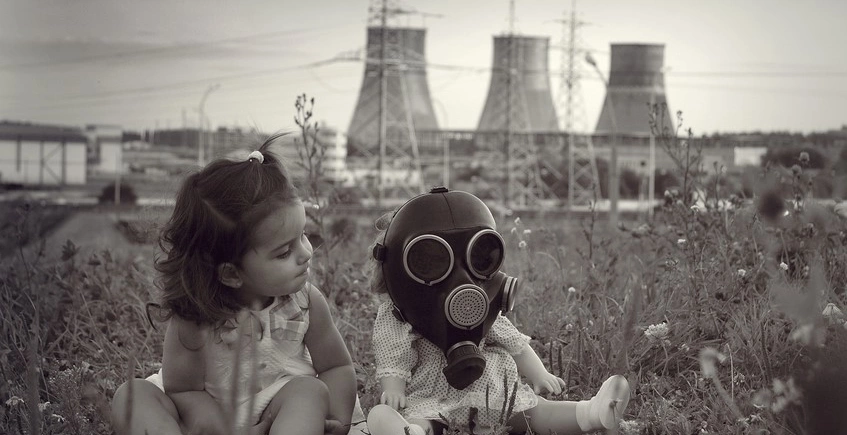Protecting Our Babies From Hazardous Toxins

It is disturbing to learn how much ambivalence there is about the amount of chemicals and toxins that are absorbed through the skin and into our bodies from commonly used household and personal care products and cosmetics as well as exposure to contaminants in the produce and water we consume. Infants are at an increased risk, since they have internal organs that are still growing, decreased body weight and immature immune systems.
It is alarming to see how many infants are being diagnosed with central nervous system disorders, cancers and heart problems. The Environmental Working Group’s “Body Burden 2-the Pollution in Newborns Report,” states that researchers found an average of 200 industrial chemical and pollutants in the umbilical cords of 10 babies in U.S. hospitals even back in 2004.
All of us need to take a closer look at the various ways we can decrease the exposure of infants to the pollutants and carcinogens in both our home and in the outside environment. Here are some practical ways to reduce the possible risks babies may be exposed to on a daily basis:
• Nutrition/Produce: Buying completely organic can be very expensive for most households. The Environmental Working Group has identified 12 fruits and vegetables that have the highest levels of pesticides. This information can be found at www.kitchenstewardship.com/2010/04/29/2010-dirty-dozen-produce-list-released-by-the-ewg/
• Infant Products: Also try to purchase Bisphenol A [BPA] free products. BPA is commonly used in baby bottles and other drinking containers. BPA is frequently used for the linings of cans. Medical news from Med Page Today sites that researchers have confirmed that BPA increases the risk of cardiovascular disease. In addition, watch out for the lead that could be in your child’s toys. Go to this wonderful easy guide to learn more on how to avoid the hazardous ingredients and chemicals for children. www.cosmeticdatabase.com/special/parentsguide/
• Household Products: Harmful toxins can be brought into our homes through our household cleaning products. The following web site will teach you about the hazardous substances to avoid when purchasing these products: www.leas.ca/Cleaners-and-Toxins.htm. When you get to this web site click on the cleaners and toxins guide.
• Drinking Water: Do everything you can to prevent toxins in drinking water from affecting your newborn. Consider installing a water filter to prevent the ingestion of heavy metals. Google “water filter comparisons” to review the performance ratings of several top brands of water filters.
• Washing your hands: Unless you are informed to maintain this practice by your health practitioner due to life threatening or high health risks at home, be cautious about using antibacterial hand soaps particularly those containing triclosan. Read this important guide about the possible risks of triclosan… www.ewg.org/files/EWG_triclosanguide.pdf
• Organic Products: Just because ingredients are organic, they may not be free of health concerns and may still contain many harmful chemical ingredients. Several toxic chemicals can still be present in ingredients that claim to be Organic, Natural or Green. Remember to read all labels. Making a concerted effort to choose at least a few items that are non toxic and non hazardous to your infant’s health could be one of the best decisions you ever make for your baby’s health care!
• Outside Toxins: Minimize the use of insecticides and weed killers, since these toxic ingredients can get into our infants systems through inhalation and skin contact. In addition, remove your shoes before coming into the house. Lawns and inconspicuous toxins on the ground can be tracked into your home and remain there for long periods of time.
Since there are no restrictions or requirements for the safety testing of most products that we purchase, it is incumbent on us to be diligent on the products we purchase and bring into our homes that can affect our growing infants. By educating ourselves and trying to embrace eco friendly lifestyle options, we can learn to reduce our exposure to the high number of questionably safe products and choose healthier alternatives.
• PRIME.org Recommended Free CME and Other Educational Activities
• Consumer Reports: Bottled Water
• EWG on ExecSumm
• antiagingchoices.com/infant_children/dirty_dozen_baby.htm
• www.preventcancer.com/publications/pdf/Time%20to%20Protect%20Babies%20feb2805.htm
Linda Garvin, RN, MSN
President, Patient Advocate Bay Area, Inc.
Info@patientadvocatebayarea.com
